ACTA ACCLA 2015
COINS OF THE FIVE GOOD EMPERORS
Trajan
Marcus Ulpius Trajanus
Ruled 98-117 CE
TEXT BY TED BLAKE
A Spaniard by birth and soldier by profession, Trajan (Marcus Ulpius Trajanus) was adopted as successor to the Emperor Nerva, who had succeeded the unpopular emperor Domitian who was stabbed to death by the chief of his domestic staff.
After succession Trajan did not go to Rome immediately, but stayed to consolidate the frontiers on the Rhine before going to Rome. He was universally acclaimed, and soon given the title of Optimus Princeps which appears on his coins and monuments. He carried on the system of poor relief started by Nerva, embarked on large-scale public works, such as the Baths, Forum and Basilica of Trajan, and reconstruction of the Circus Maximus, the great arena used for chariot racing. He made good use of reliable senators like the younger Pliny as administrators.
Trajan found himself obliged to counter an immediate threat to the empire from north of the Danube. Decebalus, king of the Dacians attacked the Roman territory in 101 CE and was badly beaten by a Roman punitive expedition after which he accepted peace terms making him a subject of Rome. Decebalus broke the treaty in 105 CE and was defeated after a series of campaigns. Trajan made a new province out of Dacia (Modern Romania).
If Trajan's Dacian wars were motivated by a concern to preserve the empire, it is hard to justify his massive invasion of the Parthian empire in 113 CE. It seems to have been military adventurism. He set out from Armenia and headed South into Mesopotamia (Iraq) and captured the Western Parthian capital of Ctesiphon in 115 CE This was a major triumph. However the Jewish population of Cyrenaica, Palestine and other border regions rose up in revolt against their Roman overlords. This was followed by insurgencies in Mesopotamia itself, and Trajan decided that the best he could hope for was to install puppet regimes in the former satellite kingdoms of the Parthian empire and retreat. He began a fighting retreat smashing rebel forces wherever they were encountered. As Trajan returned to the West in 117 CE, he suddenly fell ill on the southern Coast of Turkey and died. He was succeeded by Hadrian.
Trajan's achievments are commemorated on the spiral series of reliefs on Trajan's column which still stands in his Forum.
CITATIONS, FOOTNOTES & OTHER RESOURCES
1. Who's who in the ancient world. Betty Radice.
2. Emperors of Rome. David Potter
3. Trajan on Wikipedia.


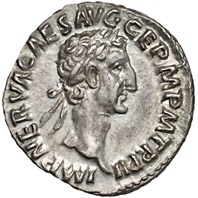 Nerva
Nerva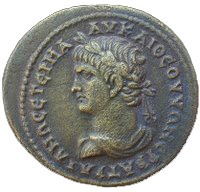 Trajan
Trajan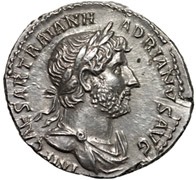 Hadrian
Hadrian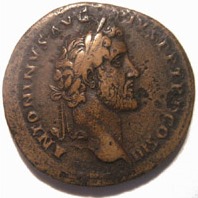 Antoninus
Antoninus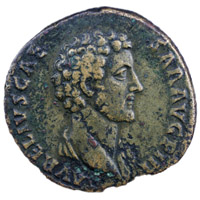 Marcus
Marcus

